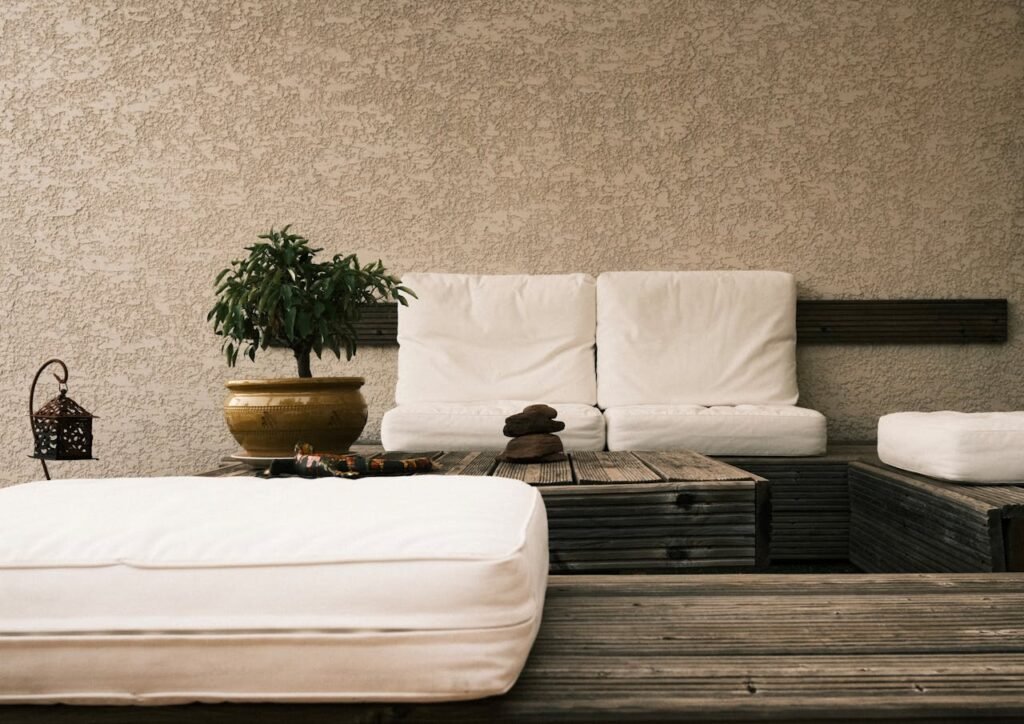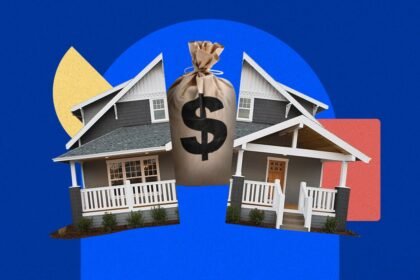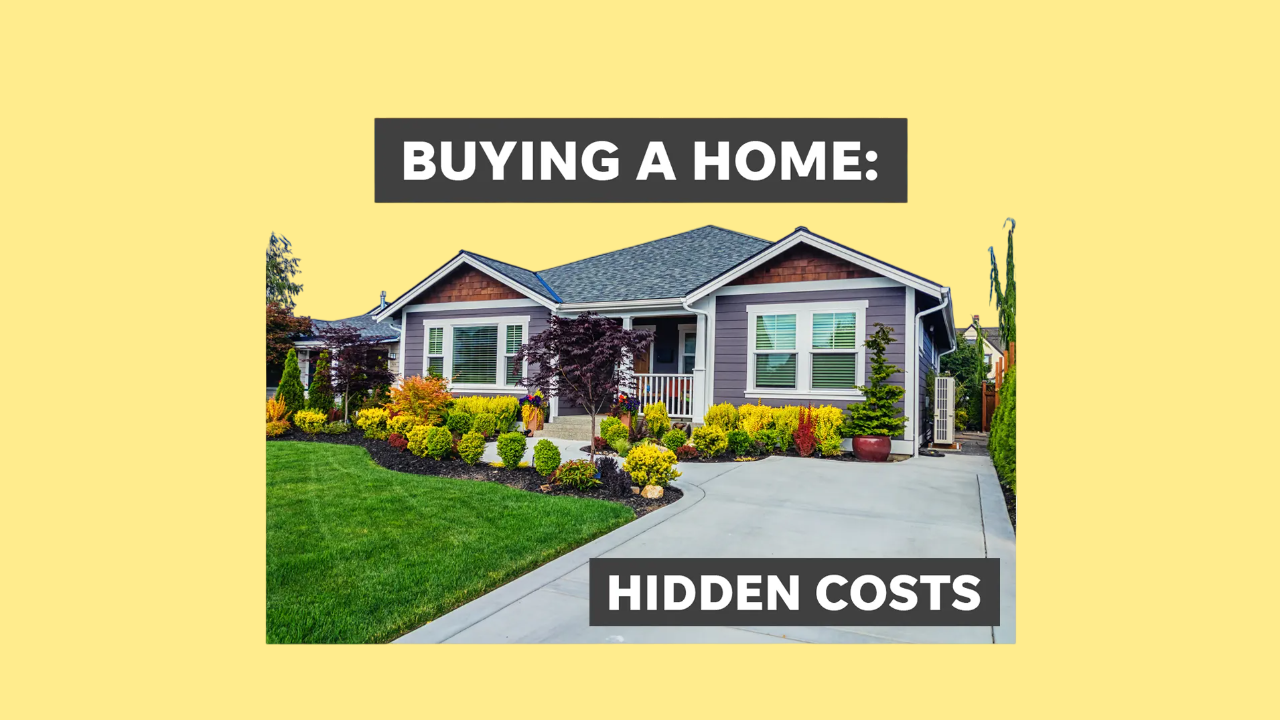
In today’s world, the importance of sustainable living cannot be overstated. With the climate crisis escalating, homeowners are increasingly recognizing the role their homes play in reducing environmental impact. Eco-friendly upgrades are not just a trend; they represent a shift towards creating healthier living spaces while conserving resources. Transforming your home into a more sustainable one offers not only environmental benefits but also economic and personal health advantages. From reducing your carbon footprint to lowering energy bills, the potential is vast.
Sustainability doesn’t have to mean compromising on comfort or style. On the contrary, sustainable home upgrades often enhance the overall value of your property while improving functionality and aesthetics. Whether you’re starting small or planning a significant overhaul, every step counts. The benefits go beyond the individual, contributing to a larger effort of building a more resilient planet.
This article provides seven actionable tips to make your home more sustainable. From energy efficiency to waste reduction, these strategies will help you transition toward an eco-friendlier lifestyle. Whether you’re a seasoned green living enthusiast or just starting your journey, these insights are tailored to inspire and guide you in making impactful changes.
1. Upgrade to Energy-Efficient Appliances
Modern appliances consume a significant portion of household energy. Upgrading to Energy Star-rated appliances can dramatically reduce electricity usage. Energy-efficient appliances like refrigerators, washing machines, and dishwashers use advanced technologies to minimize energy consumption while maintaining superior performance.
Benefits of Energy-Efficient Appliances:
- Lower utility bills: Using less energy means reduced monthly expenses.
- Environmental impact: Decreased reliance on fossil fuels leads to a smaller carbon footprint.
- Enhanced performance: Energy-efficient models often come with advanced features, improving functionality and convenience.
Consider replacing outdated models with energy-efficient alternatives during your next renovation or when your current appliances need replacing. This simple switch is one of the most effective ways to create a more sustainable home.
2. Harness Solar Power
Installing solar panels is a game-changing upgrade for homeowners looking to reduce their environmental impact. Solar energy is a renewable resource, offering a clean, sustainable alternative to traditional electricity sources.
Key Considerations:
| Aspect | Details |
|---|---|
| Initial Costs | High upfront cost but significant savings over time. |
| Incentives | Federal tax credits and local rebates can offset costs. |
| Energy Independence | Reduce reliance on grid electricity. |
Beyond lowering electricity bills, solar panels can increase your home’s value. Many buyers view solar installations as a valuable asset, making your home more appealing in the real estate market.
3. Optimize Insulation and Sealing
Proper insulation and sealing are fundamental to creating a sustainable home. A well-insulated home reduces heat loss in winter and keeps interiors cooler during summer, leading to decreased energy consumption.
Steps to Optimize Insulation:
- Inspect existing insulation: Check for wear and gaps.
- Seal leaks: Use caulk or weatherstripping around windows and doors.
- Upgrade materials: Invest in eco-friendly insulation materials such as cellulose, wool, or recycled denim.
Not only does proper insulation lower utility bills, but it also enhances indoor comfort by maintaining consistent temperatures throughout your home.
4. Install Water-Saving Fixtures
Water scarcity is a growing global concern, making efficient water usage a crucial part of sustainability. Upgrading to water-saving fixtures such as low-flow showerheads, faucets, and dual-flush toilets can significantly reduce water waste.
Advantages of Water-Saving Fixtures:
- Reduced water bills: Consume less water without sacrificing performance.
- Sustainable landscaping: Consider rainwater harvesting systems to irrigate gardens.
- Environmental contribution: Help conserve freshwater resources for future generations.
These simple upgrades are cost-effective and easy to implement, offering immediate savings and long-term benefits.
5. Switch to LED Lighting
Lighting accounts for a significant portion of energy use in homes. Replacing traditional incandescent bulbs with LED lights is a quick and inexpensive way to reduce electricity consumption.
Why Choose LED Lights?
- Energy efficiency: LEDs use up to 80% less energy than incandescent bulbs.
- Longevity: LEDs last up to 25 times longer.
- Versatility: Available in various designs and brightness levels to suit every space.
Additionally, LED lights generate less heat, reducing the strain on cooling systems during warmer months.
6. Use Sustainable Building Materials
When renovating or building, opt for eco-friendly materials. Sustainable building materials are responsibly sourced, recyclable, and durable, reducing environmental impact.
Examples of Sustainable Materials:
| Material | Applications | Benefits |
|---|---|---|
| Reclaimed wood | Flooring, furniture | Reduces demand for new lumber. |
| Bamboo | Flooring, decor | Renewable, strong, and stylish. |
| Recycled metal | Roofing, fixtures | Minimizes waste and conserves resources. |
By integrating these materials, you can create a stylish, environmentally-conscious home that stands the test of time.
7. Embrace Smart Home Technology
Smart home devices are not just about convenience; they also contribute to sustainability. Technologies like smart thermostats, lighting systems, and energy monitors optimize energy usage and reduce waste.
Popular Smart Home Upgrades:
- Smart thermostats: Automatically adjust heating and cooling based on occupancy and weather conditions.
- Energy monitors: Provide real-time insights into energy consumption patterns.
- Smart lighting: Use motion sensors and remote controls to prevent unnecessary usage.
The integration of these technologies not only reduces your ecological footprint but also enhances the comfort and functionality of your living space.
Conclusion
Embracing eco-friendly upgrades for your home is an investment in the future. By prioritizing sustainability, you not only reduce environmental impact but also create a healthier, more cost-effective living environment. The benefits are profound: lower utility bills, increased property value, and the satisfaction of contributing to a greener planet.
Whether it’s small steps like switching to LED lights or larger commitments like installing solar panels, every effort counts. Sustainability is not about perfection; it’s about progress. Each choice you make brings you closer to a home that aligns with your values and supports a sustainable lifestyle.
Take the first step today. By implementing these seven tips to make your home more sustainable, you pave the way for a brighter, greener future. Your home can be a model of eco-conscious living—benefitting you, your family, and generations to come.






